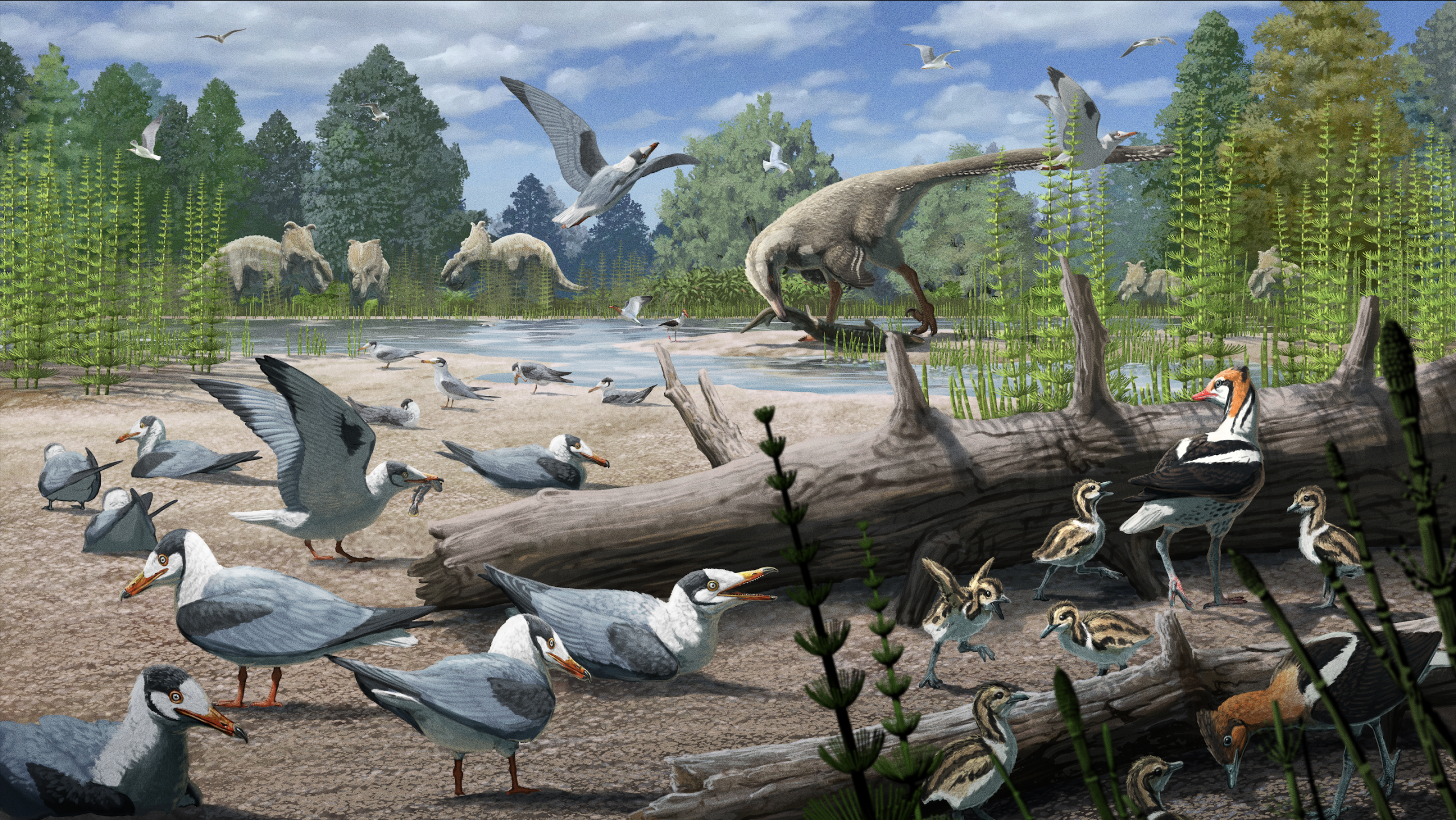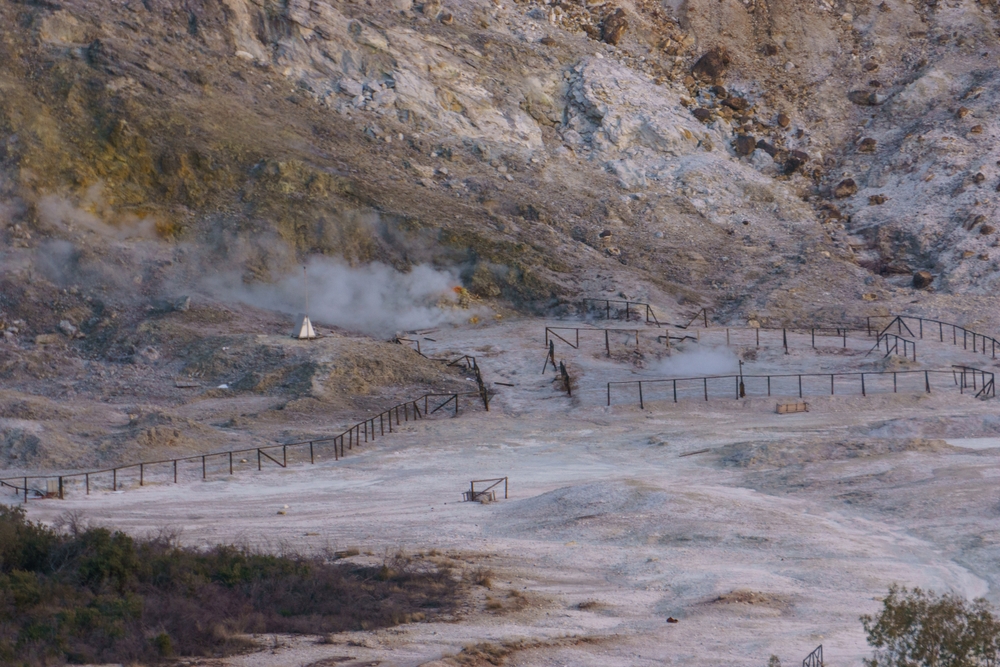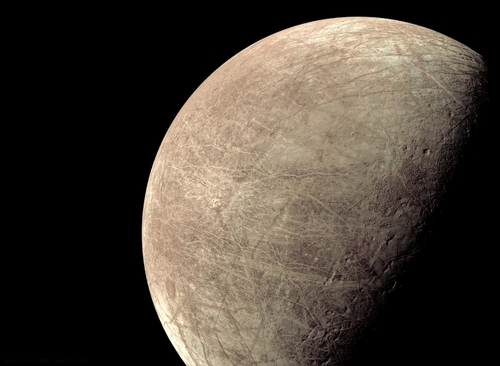Now Reading: Birds Lived with Dinosaurs in Alaska 73 Million Years Ago
-
01
Birds Lived with Dinosaurs in Alaska 73 Million Years Ago
Birds Lived with Dinosaurs in Alaska 73 Million Years Ago

Speedy Summary
- Paleontologists have uncovered the earliest evidence of birds breeding and nesting in the Arctic, dated to approximately 73 million years ago during the cretaceous period.
- Fossils and fragments from Alaska’s Prince Creek Formation reveal that birds cohabited with non-avian dinosaurs in this region, resembling modern gulls, geese, ducks, and loons.
- The discoveries include bones and teeth from both adult birds and baby birds-indicating reproduction at least 20 million years earlier than previously thought for Arctic avians.
- Researchers used advanced sediment screening techniques to identify rare fossils too small for traditional excavation methods.
- “Birds have existed for 150 million years… For half of that time they have been nesting in the Arctic,” said lauren Wilson,one of the study authors.
- Some traits found in these fossils suggest similarities with modern bird skeletal structures; further research is needed to confirm whether they belong to Neornithes (modern bird group).
Read More: Discover Magazine
Indian Opinion Analysis
This finding sheds light on long-standing evolutionary processes that transcend geographical boundaries like Arctic conditions. The evidence reinforces how resilient organisms like avian species adapt even under prehistoric extremes. For India, a nation rich in migratory bird activities annually-hosting around 1 billion migratory birds each year-the study provides parallels between past global ecosystems and current biodiversity dynamics.
India’s researchers can benefit from adopting similar methodologies like sediment microscopic analysis showcased here as an avenue for unearthing more paleontological mysteries domestically or contributing globally within innovation-sharing biology contexts expanding cross-collaborated scientific-literacy fostering adaptive professional knowledge pools benefiting ecosystem-indigenous resilience challenges globally shared planet-wide!.

























